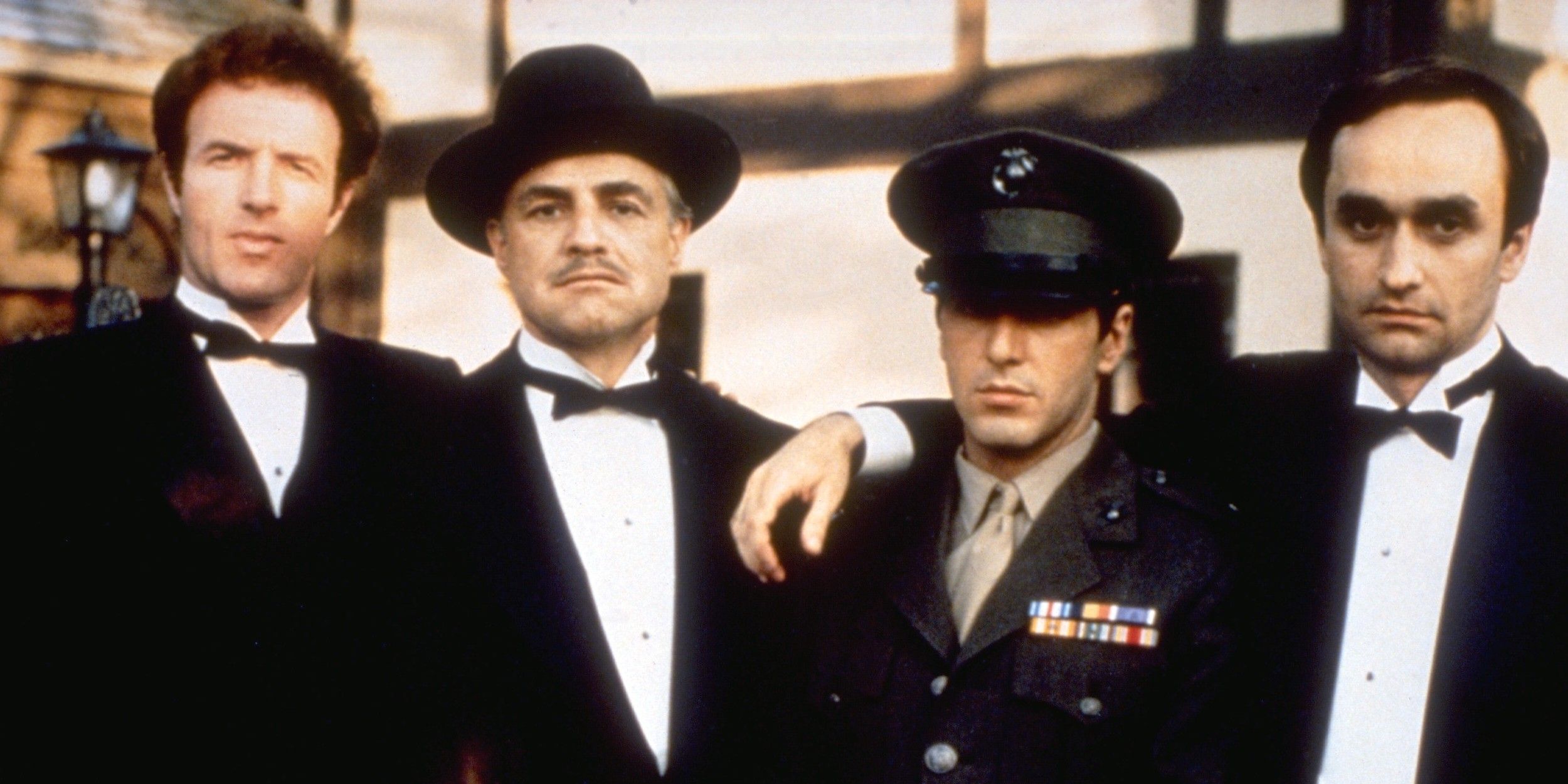


Insofar as the film equates masculinity with power, these important male characters in the film use their bodies in different ways to secure their patriarchal positions at the head of the family. Michael, meanwhile, takes a page out of both their books, using his intelligence and audacity to command authority.

While Vito uses restrained movements to exert influence, Sonny’s big, brash, impulsive actions take up space. The Godfather dramatizes this crisis of masculinity through male characters’ interactions with other men. This problem is tackled in The Godfather through Michael but extends to every man in his family. Men did not have a choice whether to confirm or reject hegemonic masculinity.” But what happened once the war ended, when men had to use their bodies outside of war? What happened when decorated war heroes like Michael had to come home and redefine their manhood without wartime’s existing framework? Historian Corinna Peniston-Bird argues that during the war, “opportunities for contraction, transformation and resistance were limited. This choice on Michael’s part, and on the part of Coppola, signals how The Godfather - though produced in the early 1970s - is a film that reflects on the mid-1940s, a time when masculinity was being redefined in the wake of the Second World War.
#The godfather 1 you insult my intelligence full#
In The Godfather, director Francis Ford Coppola introduces the lead character Michael Corleone in the most curious of ways: almost thirteen minutes after the film has begun, Michael walks into his sister’s extravagant wedding, wearing a full Marines Corps uniform with a non-Italian-American woman on his arm.


 0 kommentar(er)
0 kommentar(er)
